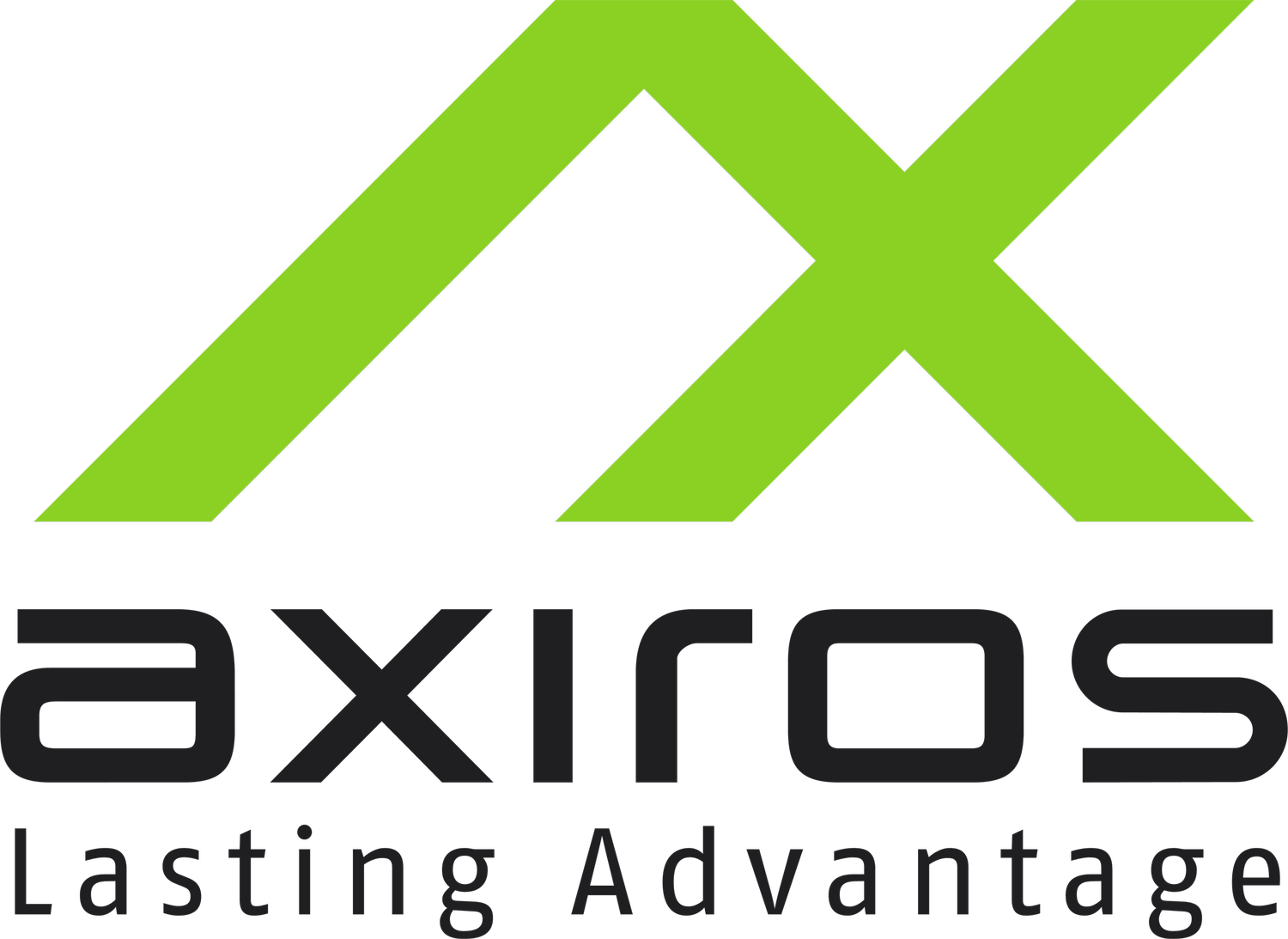MTA (Multimedia Terminal Adapter) Provisioning
The MTA, or Multimedia Terminal Adapter, is a device that provides the telephony interface for the PacketCable network at the customer's premises. There are two types of MTA devices: embedded MTAs, which are part of the same hardware as the cable modem, and standalone MTAs, which are separate physical devices.
MTA provisioning in DOCSIS is the process of configuring and activating the MTA device for voice services over a cable network. This process involves several steps, including device initialization, configuration, activation, and verification, and can vary depending on the cable operator's implementation of the DOCSIS standard.
The MTA provisioning process in DOCSIS generally includes the following steps:
Device initialization: The cable operator provisions the MTA device with the necessary software and firmware required to operate on the cable network.
Configuration: Once the MTA is initialized, the cable operator configures the device with the necessary parameters required for operation, such as IP address, subnet mask, default gateway, and provisioning server address. These parameters are typically obtained through DHCP (Dynamic Host Configuration Protocol).
Activation: Once the MTA is configured, the cable operator activates the device by registering it with the provisioning server. This involves sending the device's MAC address and other identifying information to the server, which in turn provisions the device with the necessary service and feature settings. These settings may include phone numbers, call features, and other service parameters.
Verification: After activation, the cable operator verifies that the MTA is operating correctly by conducting tests and monitoring its performance. This may involve checking call quality, signal strength, and other performance metrics.
In summary, MTA provisioning in DOCSIS is the process of configuring and activating the MTA device for providing voice services over the cable network. The process involves several steps, including device initialization, configuration, activation, and verification, and may vary depending on the specific implementation of the DOCSIS standard by the cable operator.
There are three provisioning methods defined for eMTAs in PacketCable: Secure, Basic, and Hybrid.
Secure: This method provides a high level of security by requiring mutual authentication between the eMTA and the provisioning server. It also includes encryption of the configuration data. The Secure Flow provides Kerberos mutual authentication and Kerberized SNMPv3 messaging between the MTA and the provisioning system. Kerberos is a network authentication protocol that uses secret-key cryptography to provide secure communication over non-secure networks. Kerberos authentication helps ensure that the MTA is communicating with the correct provisioning server, and that the server is communicating with the correct MTA. SNMPv3 provides secure access to management information by authenticating and encrypting packets sent between the MTA and the provisioning server. The Secure Flow is mandatory and must be supported by PacketCable MTAs and Provisioning Applications.
Basic: This method provides a lower level of security compared to the Secure method, as it does not include mutual authentication or encryption. The eMTA obtains its configuration data through the provisioning server using HTTP or TFTP. The Basic Flows are simplified provisioning flows that are similar to DOCSIS, but without Kerberos or SNMPv3 security and no SNMP enrollment via SNMP INFORM. These flows should be supported by PacketCable MTAs and Provisioning Applications.
Hybrid: This method combines the security features of the Secure method with the flexibility of the Basic method. It allows for mutual authentication and encryption of the configuration data while also allowing for HTTP or TFTP delivery of the configuration file. The Hybrid Flows are essentially the Secure Flow without the Kerberos message exchanges, with SNMPv2c used instead of SNMPv3. SNMPv2c provides a subset of the security features provided by SNMPv3 but without the overhead of the more complex security mechanisms.
The MTA uses either DHCPv4 or DHCPv6 protocol to obtain an IP address.
For DHCPv4, the MTA utilizes option 122, which contains two sub-options. Sub-option 3 identifies the SNMP provisioning entity, and sub-option 6 identifies the Kerberos realm. The Kerberos realm defines the Kerberos domain in DNS domain name format. In non-secure provisioning flows, Kerberos is bypassed, and two special values in sub-option 6 trigger these flows. If the parameter in sub-option 6 has a value of "BASIC.1" or "BASIC.2," the basic method is used; if it has a value of "HYBRID.1" or "HYBRID.2," the hybrid method is used; otherwise, the secure method is used.
For DHCPv6, configuration is provided through option 17, which is a vendor-specific option for CableLabs enterprise 4491. Option 17 may contain several sub-options, such as sub-option 32 for TFTP server, sub-option 33 for configuration file name, sub-option 34 for Syslog server, and sub-option 37 for the provisioning server.
Related Info:
Knowledge Base: What is DOCSIS Proactive Network Maintenance
Axiros Product: AX DHCP | IP Address Management (IPAM) Software
